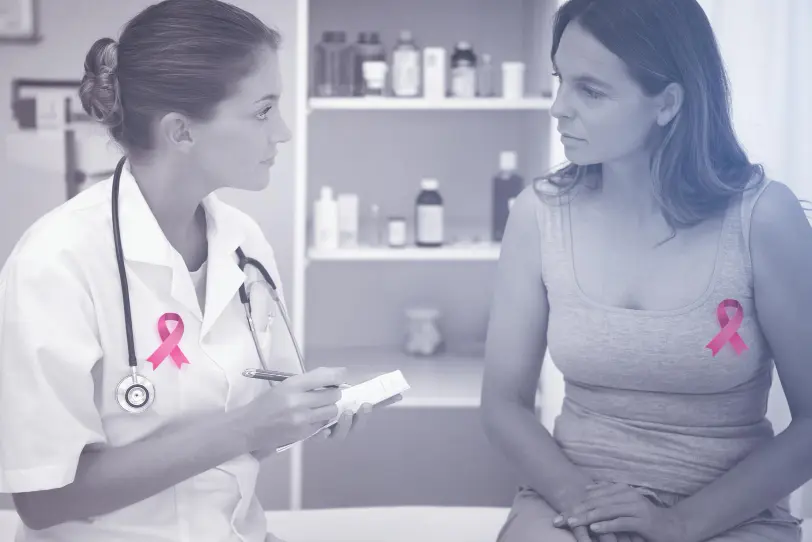Benign breast disease (BBD) refers to a variety of non-cancerous conditions that can affect the breast tissue. These conditions are common and are typically not associated with an increased risk of breast cancer. Benign breast diseases can cause symptoms such as breast pain, lumps, or changes in breast tissue texture. It’s important to note that the term “benign” indicates non-cancerous, but some benign conditions may still require medical attention and management. Here are some common types of benign breast diseases:
-
Fibrocystic Breast Changes:
- This is a common condition characterized by the development of fibrous tissue and cysts in the breast. Women with fibrocystic changes may experience breast pain, lumpiness, or tenderness, especially during the menstrual cycle.
-
Fibroadenomas:
- Fibroadenomas are solid, non-cancerous tumors that often feel like a firm, rubbery lump. They are common in women under 30 and are typically painless. While fibroadenomas do not increase the risk of breast cancer, they may be removed if they cause discomfort or for diagnostic purposes.
-
Breast Cysts:
- Cysts are fluid-filled sacs within the breast tissue. They can cause breast pain and tenderness. Cysts may be aspirated (fluid drained) if they are large, painful, or cause discomfort.
-
Adenosis:
- Adenosis involves the enlargement of lobules (milk-producing glands) in the breast. It may be associated with other benign conditions or changes in breast tissue.
-
Ductal Ectasia:
- Ductal ectasia occurs when the milk ducts beneath the nipple become widened and filled with fluid. This condition can lead to nipple discharge, nipple inversion, or breast pain.
-
Mastitis:
- Mastitis is inflammation of the breast tissue, often associated with breastfeeding. It can cause redness, swelling, warmth, and pain in the affected breast.
-
Intraductal Papillomas:
- These are small, wart-like growths that develop in the milk ducts. While usually non-cancerous, they can cause nipple discharge and may be associated with an increased risk of breast cancer if they contain atypical cells.
Diagnosis and Treatment:
- Diagnosis of benign breast diseases often involves a clinical breast examination, imaging studies (mammography, ultrasound), and, in some cases, biopsy.
- Treatment depends on the specific condition and may include observation, medications, drainage of cysts, or surgical intervention.

